Scientists Just Linked Autism to Neanderthal DNA Found in Modern Humans
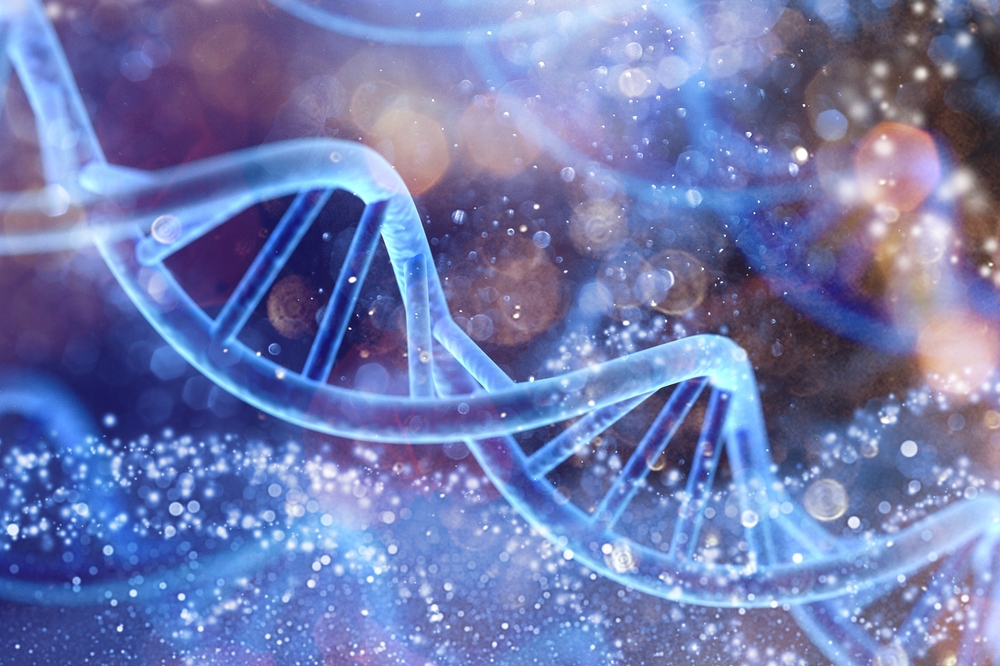
Somewhere in your DNA between the codes that shape your eyes, your voice, your memories are traces of a vanished people. Neanderthals. Once dismissed as primitive brutes, these ancient humans roamed Ice Age Europe with strong limbs, sharp tools, and minds more complex than we ever imagined. And though they disappeared over 40,000 years ago, pieces of them still live within us. In fact, about two percent of your genome may be theirs.
Now, scientists are uncovering a startling link between this ancient inheritance and something far more modern: autism.
Autism is often seen as a mystery a spectrum of traits and abilities that defies simple explanation. It touches how people connect, communicate, and perceive the world. But new genetic research is revealing that part of the story may have been written tens of thousands of years ago, when modern humans and Neanderthals first crossed paths, not just socially, but biologically.
What if some of the neurological signatures we now associate with autism differences in sensory perception, visual strengths, or social behavior aren’t recent anomalies, but ancient variations passed quietly through generations?
The answers lie not in mythology, but in molecular biology. And they begin with a quiet echo in our bones.
A Hidden Legacy from 50,000 Years Ago
Roughly 50,000 years ago, two kinds of humans walked the same Earth Neanderthals and Homo sapiens. One would fade into extinction. The other would go on to build cities, land on the Moon, and sequence the genome. But before Neanderthals disappeared, they left something behind. Not tools or cave art, but something even more enduring: their DNA.
As modern humans migrated out of Africa and into Eurasia, they encountered Neanderthals who had been adapting to that landscape for hundreds of thousands of years. Interbreeding happened. These hybridization events left modern Eurasians with around 1% to 2% Neanderthal DNA, while East Asians carry up to 4%. Even African populations today carry small traces brought back through back-migrations thousands of years later.
At first, this leftover DNA was seen as evolutionary baggage. But researchers quickly realized it wasn’t useless. Neanderthal genes have been found to influence everything from skin pigmentation to immune response, metabolism, and even mood disorders like depression. These aren’t random fragments. They’re active, functional parts of the human genome genetic echoes of our ancient cousins.
And now, for the first time, researchers have shown that this ancient inheritance may also play a role in autism.
Just sayin 👇 https://t.co/zzqttjAYfT
— A_Hawktopus (@A_Hawktopus) July 9, 2025
Using exome sequencing, scientists compared the DNA of autistic individuals to their unaffected siblings and ethnically matched controls. The results showed that while the total amount of Neanderthal DNA remained consistent, a specific subset of rare variants SNPs found in less than 1% of the population was significantly enriched in those on the autism spectrum.
These variants weren’t evenly spread across all populations. They were most prevalent in Black non-Hispanic, white Hispanic, and white non-Hispanic individuals. In some cases, these variants were also present in siblings without autism, suggesting a more complex, layered inheritance.
Interestingly, many of these rare Neanderthal-derived variants are associated with neural connectivity, especially in regions involved in visual processing and social cognition. These same patterns enhanced visual processing and altered social brain networks are frequently observed in autistic individuals.
This discovery challenges the idea that Neanderthal genes were fully incompatible with modern brain function. It suggests instead that certain variants slipped through evolution’s filters because they weren’t clearly harmful or because they carried hidden advantages. What we now call “rare variants” may once have shaped how early humans thought, saw, and survived.
Neanderthals, Genes, and the Map of the Mind
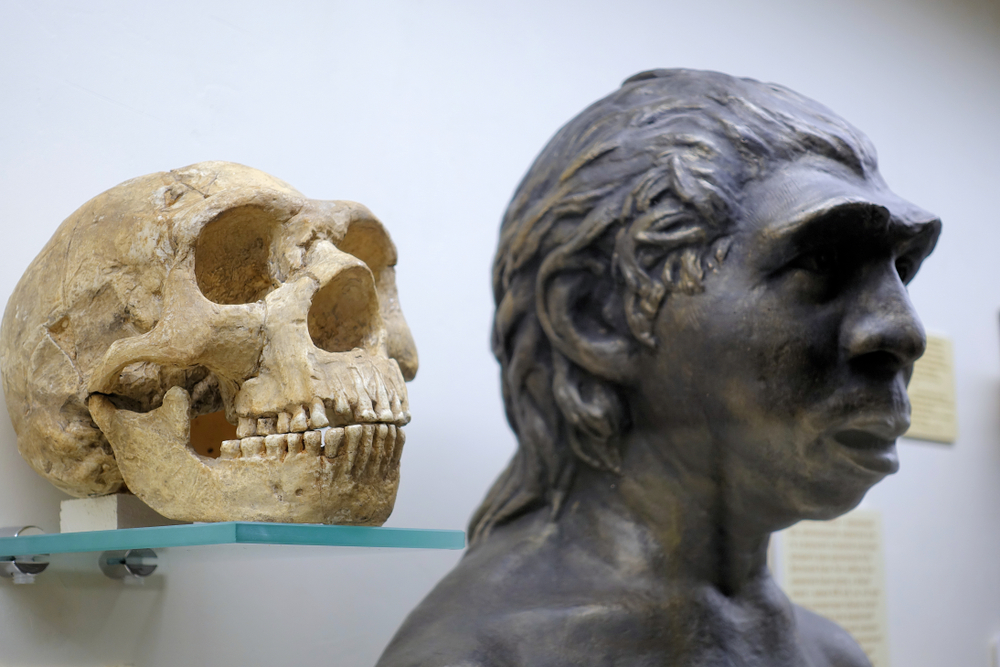
In a groundbreaking study, scientists identified 25 specific Neanderthal-derived genetic variants, known as SNPs (single nucleotide polymorphisms), that appear significantly more often in individuals with autism than in neurotypical controls. These weren’t just any variants. Many were rare, and some occurred almost exclusively in individuals who also experienced co-occurring challenges like epilepsy, language regression, and intellectual disability.
These findings paint a deeper picture: Neanderthal DNA didn’t just leave behind skin-deep traits it helped shape how we perceive, process, and respond to the world.
For example, several of the identified SNPs are associated with changes in neural connectivity. One consistent pattern is reduced connectivity in the brain’s default mode network a system linked to self-reflection and social understanding. This same underconnectivity is commonly observed in autism, especially in individuals who experience social communication challenges.
Conversely, the study also found enhanced connectivity in visual and perceptual regions, particularly the occipital cortex, fusiform gyrus, and intraparietal sulcus areas involved in visual processing, attention to detail, and pattern recognition. These traits are not only present in autism but often emerge as strengths: heightened visual memory, intense focus, or advanced ability in fields like math and engineering.
This duality challenges in some domains, strengths in others is part of what makes autism so complex and so deeply human. It’s not simply a deficit; it’s a difference. And now, we know that some of those differences may be traced back to DNA inherited from Neanderthals.
One of the most intriguing aspects of the study is that these patterns weren’t isolated. Autistic individuals across all three studied ethnic groups Black non-Hispanic, white Hispanic, and white non-Hispanic showed enrichment in these rare Neanderthal variants. In some cases, even unaffected siblings carried the same SNPs, suggesting these variants may influence a broader neurodevelopmental spectrum.
Autism, Abilities, and Ancient Brain Wiring
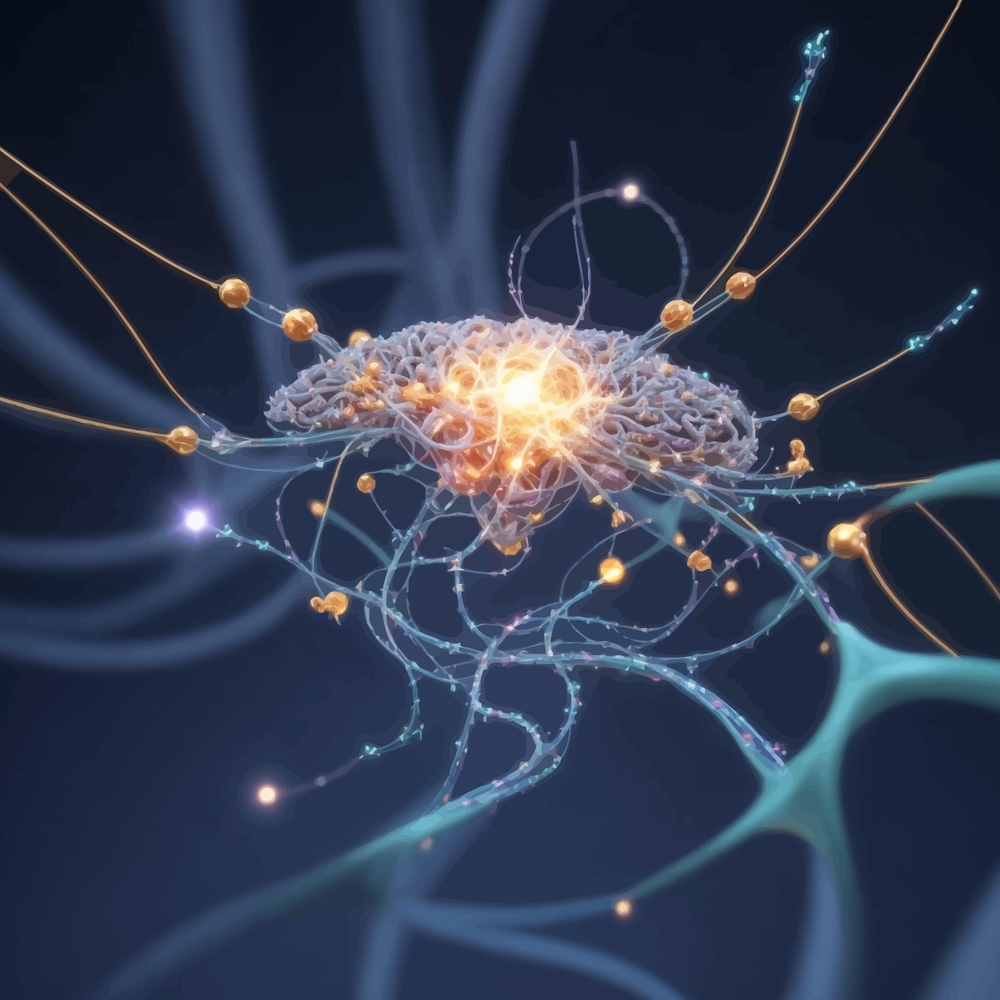
For too long, autism has been seen only through the lens of deficit a list of impairments, a clinical diagnosis, a set of challenges to be managed. But that narrative misses something profound: within what society often labels as “disorder” lie abilities shaped by a different kind of brain wiring one that may trace its origins to our ancient ancestors.
The same Neanderthal-derived genetic variants identified in recent research are not just associated with autism; they’re linked to specific neurological patterns. Enhanced connectivity in visual processing regions, increased activation in the fusiform gyrus, and heightened response in the occipital lobe all neural hallmarks not only found in individuals on the autism spectrum, but also shared by populations with higher Neanderthal DNA content.
These are not random overlaps. They’re signatures of a brain built to see the world in extraordinary detail.
Scientific studies have shown that autistic individuals often excel in tasks involving visual search, mathematical reasoning, and pattern detection. Children with autism, for instance, may outperform their peers in memory tasks or solving complex puzzles, domains where visual-spatial reasoning dominates. Iuculano et al. found that autistic children showed greater activation in visual brain regions during math tasks than neurotypical children, indicating an alternate route of problem-solving one that’s less verbal, more visual, and deeply efficient.
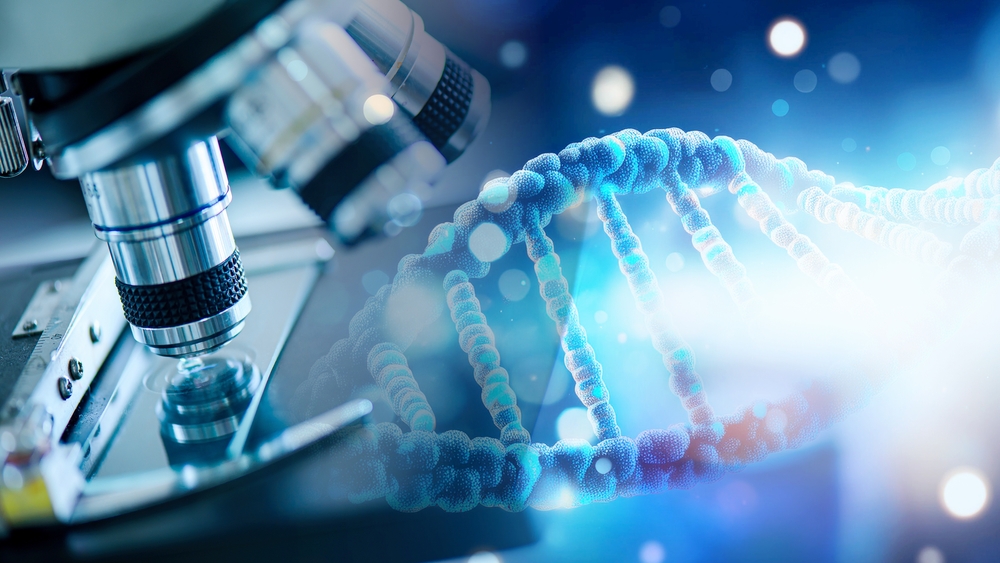
These same regions are tied to Neanderthal-linked variants. What we’re seeing, then, is more than coincidence. It’s the biological echo of an evolutionary path where visual and sensory processing took precedence, perhaps because it conferred survival advantages in the harsh environments of Ice Age Europe.
Neanderthals, once dismissed as simplistic, are now recognized as skilled toolmakers, hunters, and even early artists. The Levallois flint-knapping technique associated with them was not only complex but demanded significant spatial intelligence. They used pigments, created symbolic objects, and adapted tools for specific tasks. These acts require a brain highly attuned to structure, form, and efficiency—traits often reflected in the autistic cognitive profile.
This is not to suggest Neanderthals were autistic, nor that autism is a direct genetic inheritance from them. But it does suggest that some of the traits we see in autism today especially strengths in visual-spatial processing and attention to detail—may have deeper evolutionary roots.
The presence of these ancient gene variants in unaffected siblings also speaks volumes. In several cases, siblings shared enriched SNPs yet exhibited no clinical signs of autism. What they did show, according to earlier research, was a cognitive profile skewed toward high performance IQ and systemizing thinking hallmarks of the broader autism phenotype.
This aligns with observations across generations and cultures: families with autistic individuals often include people with strong talents in math, engineering, music, and art. In fact, research has shown that people studying or working in STEM fields are statistically more likely to have a family member on the spectrum. This isn’t a flaw in the system. It’s a spectrum of giftedness, emerging from variations in how the brain is wired.
The Power and Limits of Genetics
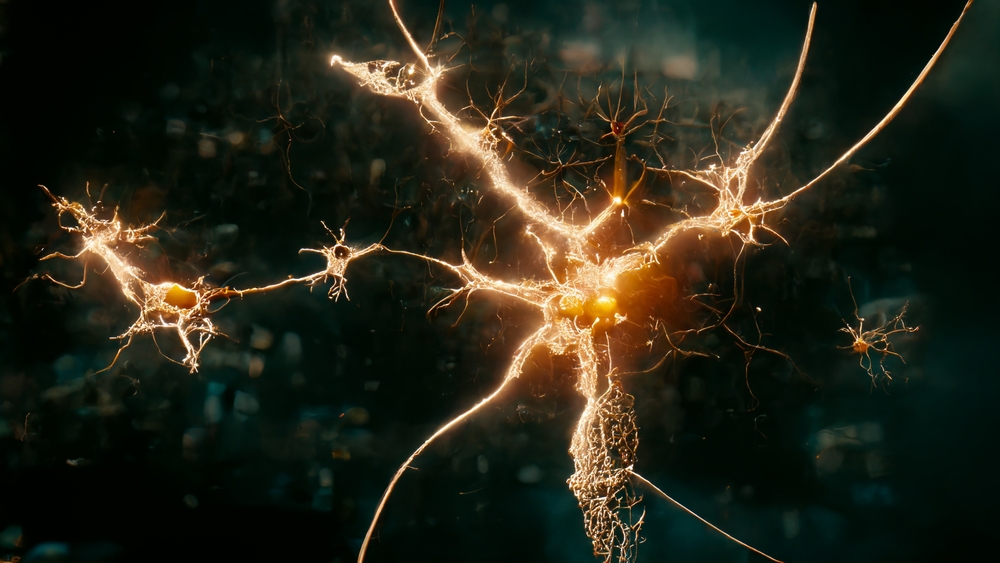
The recent findings on Neanderthal-derived variants and autism shine a light on an often-overlooked truth: genetics can inform, but it cannot define. Not all individuals who carry these rare variants develop autism. And not all people with autism carry these specific genetic signatures. This reflects a well-known principle in medical genetics penetrance the idea that carrying a variant does not always lead to a predictable outcome.
What we’re seeing is not cause and effect, but influence and possibility.
Autism, like many complex conditions, arises from a mosaic of factors. Gene-environment interactions, early brain development, epigenetic shifts, and even birth complications can all contribute. The Neanderthal variants identified in this study may act as amplifiers not deterministic scripts, but subtle nudges within an intricate developmental system.
This complexity is why simplistic interpretations such as “Neanderthal DNA causes autism” fail to capture the truth. What the research actually shows is that a subset of rare variants, inherited through interbreeding tens of thousands of years ago, may contribute to autism risk in some individuals today. The presence of these variants in both affected and unaffected siblings further supports the idea of spectrum-wide expression ranging from clinical traits to enhanced abilities that never rise to the level of diagnosis.
Crucially, these insights also reveal the importance of diversity in genetic research. One of the study’s key findings was how differently these Neanderthal-derived variants appear across ethnic groups. Many SNPs enriched in Black or Hispanic individuals did not show the same patterns in white populations, and vice versa. This points to a major gap in many previous studies that focused almost exclusively on white European populations often missing critical pieces of the puzzle.
As Dr. Emily Casanova, lead author of the study, noted:
“Our tendency to whitewash genetics and ignore variants that aren’t implicated across all genetic backgrounds means that we’re missing out on a lot of important genetic factors.”
To move forward, we need a more inclusive approach one that recognizes that human genetics is not uniform, and that the past cannot be fully understood through a narrow lens. This applies not only to autism research but to how we think about disease, health, and identity in general.
It also requires humility.
Despite the advancements in sequencing technology and statistical modeling, genetics still leaves many questions unanswered. The Neanderthal variants found in this study may be under purifying selection a process by which nature slowly removes harmful mutations from the population. Yet, some remain, suggesting a possible trade-off: a cost in one context, a benefit in another.
What Our Ancestors Left Us Isn’t Just DNA
Somewhere inside each of us is a memory that predates language. Not one we can recall with thought, but one that pulses quietly in our DNA a memory of another kind of human, living in another kind of world. The Neanderthal. Gone for 40,000 years, yet still present in microscopic threads that shape the way we breathe, fight illness, process light… and perhaps, the way some of us think, connect, and feel.
The discovery that certain rare Neanderthal-derived gene variants may contribute to autism in modern humans doesn’t reduce autism to a relic of the past. It expands the way we see it in the present.
It invites us to stop asking, “What went wrong?” and start asking, “What story is being told here?”
Autism is not one thing. It is not a flaw. It is a spectrum of cognition, expression, and perception sometimes marked by challenges, often marked by strengths, and always deserving of understanding. What this research offers isn’t an answer it’s perspective. A reminder that divergent minds may be part of a deeper human inheritance, one shaped by survival, environment, and the ever-changing rhythm of evolution.
And perhaps that’s what this ancient DNA has always been trying to say.
Not that we are broken.
But that we are complex.
Not that we are separate.
But that we are many, stitched together by time.
The fingerprints of Neanderthals on our genome aren’t something to erase. They’re something to listen to. Something to honor not because they define us, but because they reveal just how vast and varied the human story really is.
Let this remind us that neurodiversity is not new it’s ancient. And if it helped build the minds of our ancestors, perhaps it still holds the power to shape a more compassionate, creative, and inclusive future.
Loading...

